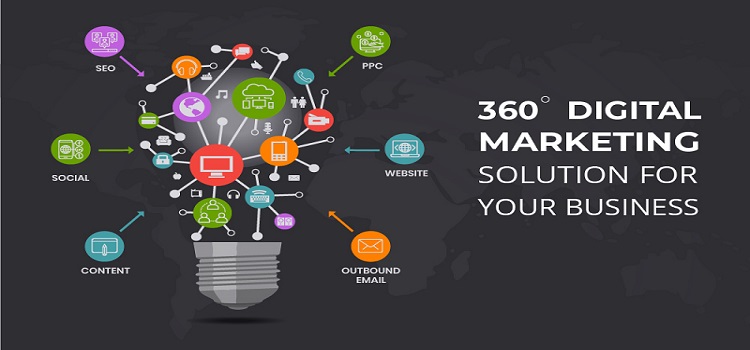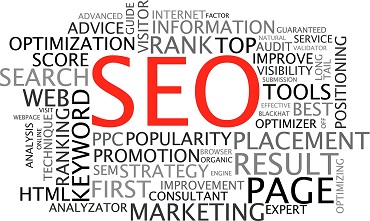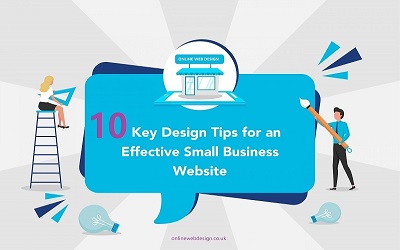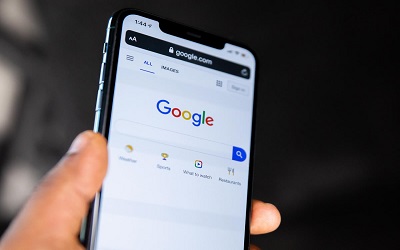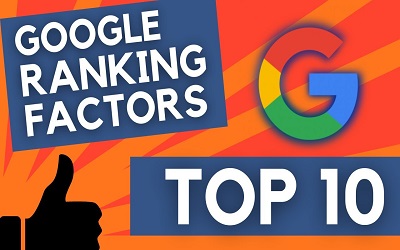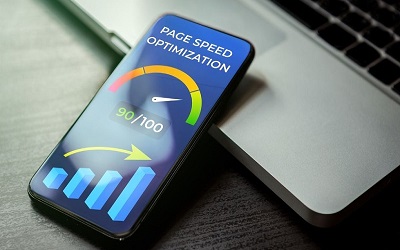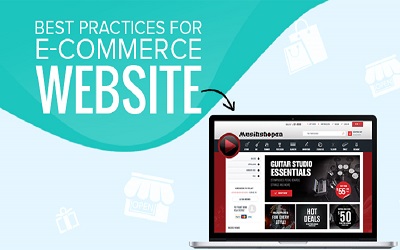360 Degree Marketing Strategy
Most people have heard of 360 degree marketing in passing yet do not fully understand this unique approach to converting prospects into paying customers. In short, 360 degree marketing is centered on acquiring new customers with the use of a truly cohesive approach.
This is an integrated marketing campaign with a concentrated message presented across several points of contact. The artful placement of your company’s message uniquely tailored to your target audience reinforces the overarching message, helping you make headway in your quest to convert prospects into paying clients across a wide array of channels.
The best 360 degree marketing campaigns are data-driven. There is no sense attempting to get your message, brand and logo out there in unison without a guiding strategy. Rather, the aim is to create the impression on prospective and current customers that your brand is ubiquitous. This means pinpointing the channels that will be highlighted in your 360 degree marketing campaign is of the utmost importance.
Crunch the numbers to determine where current and prospective customers engage with your company. Between YouTube, Facebook, email, search engines and traditional marketing avenues, there are all sorts of different channels to analyze.
The Types of 360 Degree Marketing
Email marketing is a commonly neglected yet uber-important 360 degree marketing channel. Email marketing spreads the word about your company’s value offering, specials, sales, new products/services and announcements related to the company.
The best part of email marketing is it transmits messages to those who have a genuine interest in your business’s unique value proposition as they proactively signed up to receive your messages.
Social Media
Social media is an essential platform for connecting with target customers. Nowadays, social media is used as much for sharing pictures as it is for connecting customers and businesses. Take full advantage of social media and your business will directly contact target clients and also re-engage current clients.
Ideally, your social media posts will go viral or at least be shared by some of your followers, helping to spread the word about your value offering to that many more social media users.
PPC
PPC is an acronym short for pay-per-click. This component of 360 degree advertising is centered on paying for each click of the ad, typically presented in the form of a banner on search engines or other websites.
In other words, you pay for PPC based on the level of interest the ad generates. Zero in on the best keywords for your unique industry and product/service and your PPC ad campaign will prove worth the money.
Search Engine Optimizer
Search Engines Optimizer or SEO for short, has quickly become one of the most effective components of 360 degree marketing. This inbound marketing strategy makes it that much easier for your website to generate traffic.
The aim of SEO is to enhance your site’s visibility and steer visitors to a component of your online footprint. Keywords, key phrases and local identifiers are the primary components of SEO.
Content Marketing Campaignn
Content is no longer centered on entertaining or informing the audience. Rather, content has transformed into an important covert inbound marketing avenue. The addition of content to your blog, website, social media and other components of your online footprint will heighten brand awareness, steer online traffic in your direction and help you acquire that many more customers.
Offline or Traditional Marketing
Don’t forget about offline marketing! Traditional marketing away from the internet is a key component of 360 degree marketing. Interpersonal interactions between your team and prospective clients are still important. Door-to-door sales, meet-and-greets, billboard ads, commercials on TV, pamphlets and simply handing out business cards is the metaphorical icing on the digital marketing cake.
